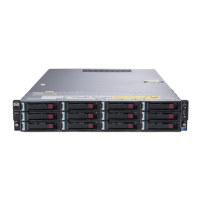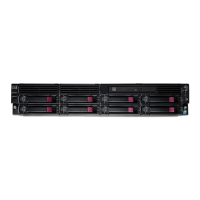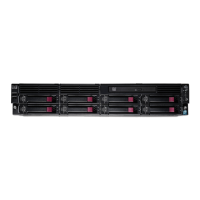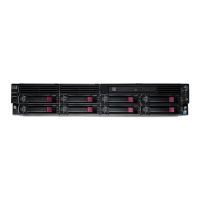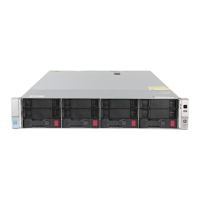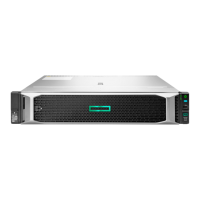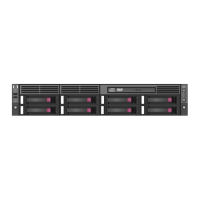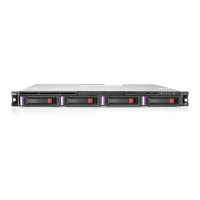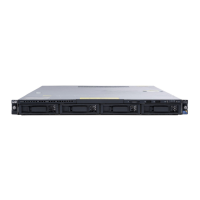Architecture of an installation 10
Architecture of an installation
This chapter describes the components, processes, and general architecture of a Solaris installation.
To successfully construct more complex Solaris deployments, review the following information.
General process flow
A Solaris deployment consists of the following phases:
• Boot—The first phase of deployment is booting a miniroot on the target system. The miniroot
contains the Solaris installation software. The system can be booted from a variety of sources,
including the Solaris media (CD or DVD), the network (PXE), a custom-built ISO image/CD, and
hard drive.
• Configuration—The second phase of deployment is configuring of the installation, which includes
system identification (hostname, network parameters, root password, and so on), target root
disk, and so on. This identification can be performed manually or automatically using JumpStart.
• Software installation—The final phase of deployment is the actual loading of the Solaris
operating environment software onto the system. The software packages can be loaded from the
Solaris media, over the network through a Network File System (NFS), or in the form of a flash
archive, which can be loaded from disk or other storage media or over the network.
• Optional configuration—After installation, make ProLiant-specific configuration updates to the
deployment.
Primary installation components
All Solaris installations follow the same flow as described previously, and are composed of the same
primary components. Deployments differ primarily in the way these components are delivered. For
example, in a CD-ROM-based interactive installation, the Administrator interactively supplies the
system configuration, and the packages that contain the Solaris operating environment are loaded
from the physical media. By contrast, for a fully automated installation, the system configuration can
be obtained from a JumpStart server, and the packages can be loaded through a NFS.
The following sections briefly describe the primary installation components, their roles, and delivery
mechanisms. A key aspect of this architecture is that the delivery mechanisms for each component are
generally independent of the others. This component independence provides a great amount of
flexibility and allows for the creation deployment scenarios to fit most environments. Other sections
discuss how various types of deployments can be constructed using these mechanisms.
GRUB
Grand Unified Bootloader (GRUB) is the default bootloader for Solaris starting with the Solaris 10
1/06 release. GRUB loads the Solaris multiboot program and the miniroot during installations or in
failsafe mode. GRUB can also be used to pass boot options and parameters to Solaris.
GRUB is loaded by the system BIOS or option ROMs (such as NICs and Fibre Channel adapters), and
can be loaded from a wide variety of devices, including CDs, DVDs, diskettes, iLO virtual media,
hard drives, USB storage, Storage Area Networks (SANs), and Preboot Execution Environment/Trivial
File Transfer Protocol (PXE/TFTP).
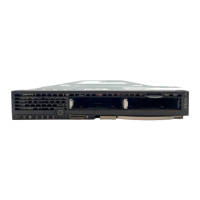
